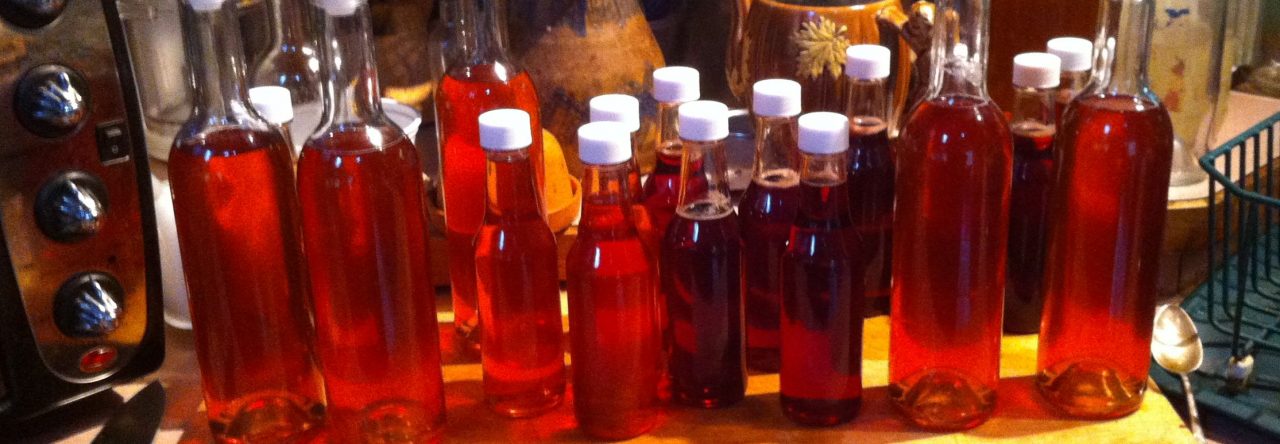We finally had 2 days of beautiful cooling rain after living for weeks in the scortching smoky shadows of a devistating forest fire season affecting all of western Canada, and a drought which extends all the way down to California. I have been coming up with ways to save and reuse water, keeping the gardens and friut trees watered at the same time. People who live in an area with some of the most generous rainfall in Canada normally do not have to think about such things, but even rainforests have their dry seasons. Even the city of Toffino has water shortages sometimes.
The problem is, when people are used to seeing heavy rainfall regularly, they don’t prepare for times when it dissapears from the sky for months on end.
I grew up in the praries. Most houses had 45 gallon drums at the end of their downspouts. This water was used for watering gardens. Here on the west coast, blue and white plastic barrels regularly wash up on the beaches intact. I am surprised to see how few of them are being used to collect and store rainwater. All you have to do is install a through hull fitting at the bottom of the aproximate size of a garden hose, a short length of hose and a valve at the end to convinently fill your buckets and watering cans. You put a fitted screen over the top of the barrel, and some tight fitting plastic for when its full to stop both mosquitos and evaporation.
In this particularly dry summer, I have not had to skimp too much on bathing, providing I re use the water. Since I use non toxic bathing and cleaning products, this does not add anything nasty to my gardens and plants. I use soap alternitives, such as the coconut oil scrub and epsom salts scrub I make and sell at our local farmers market. Even these are used in small amounts. I clean the tub out after with baking soda, which is also not harmful if some traces of it end up in my garden.
Many old houses in the country that I grew up around had a sink drain straight out the wall from their kitchen to a flower and herb bed that was directly watered with the day’s dishwater. People moved their washing machines outside during the summer months, so the laundry water watered their lawn and shrubs. People also had cisterns to store water when it was plentiful and deep ponds in their yards, called a “dugout” that collected water for irrgiating crops. People involved in growing things on the often dry praries appreciated rain for the gift that it is and did not take it for granted.
Here, our community garden is watered out of a well, and there have been restrictions on its use since the end of May. My action of collecting rainwater in a garbage can half dug into the ground in the center of my plot was once a controverstial action that my neighbors complained about. Now its absolutly essential to the well being of my food plants to supplement the limited watering we are allowed from the hoses every couple of days. I irrigate individual squash and tomato plants with 2liter plastic cider bottles, with a pinhole in the bottom and the lid screwed on loosly. Or I buy plant watering spikes to screw on where the lid goes. 5 gallon buckets with a through hull, hose barb, valve and short lengths of soaker hose can be used to keep raised beds watered and productive using captured reused water from your household. Lush gardens and plant life need not become a thing of the past in a dry summer providing it uses water that was just destined to go down the drain anyway, into septic or sewer pipes.

Leave a Reply